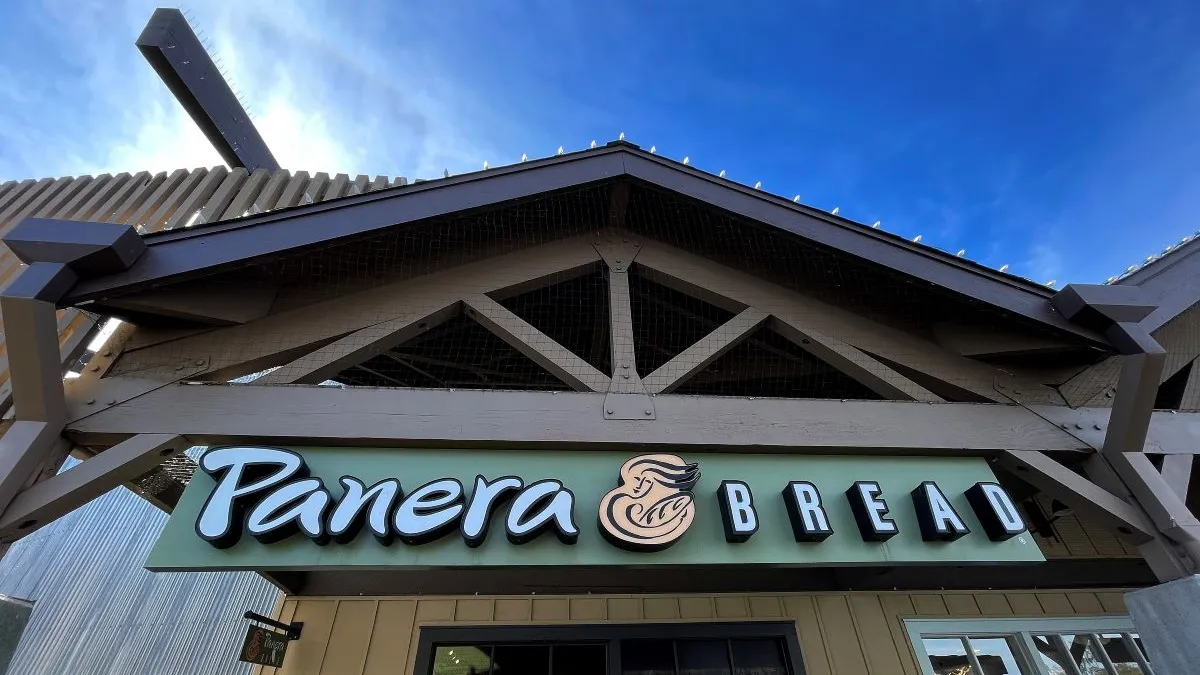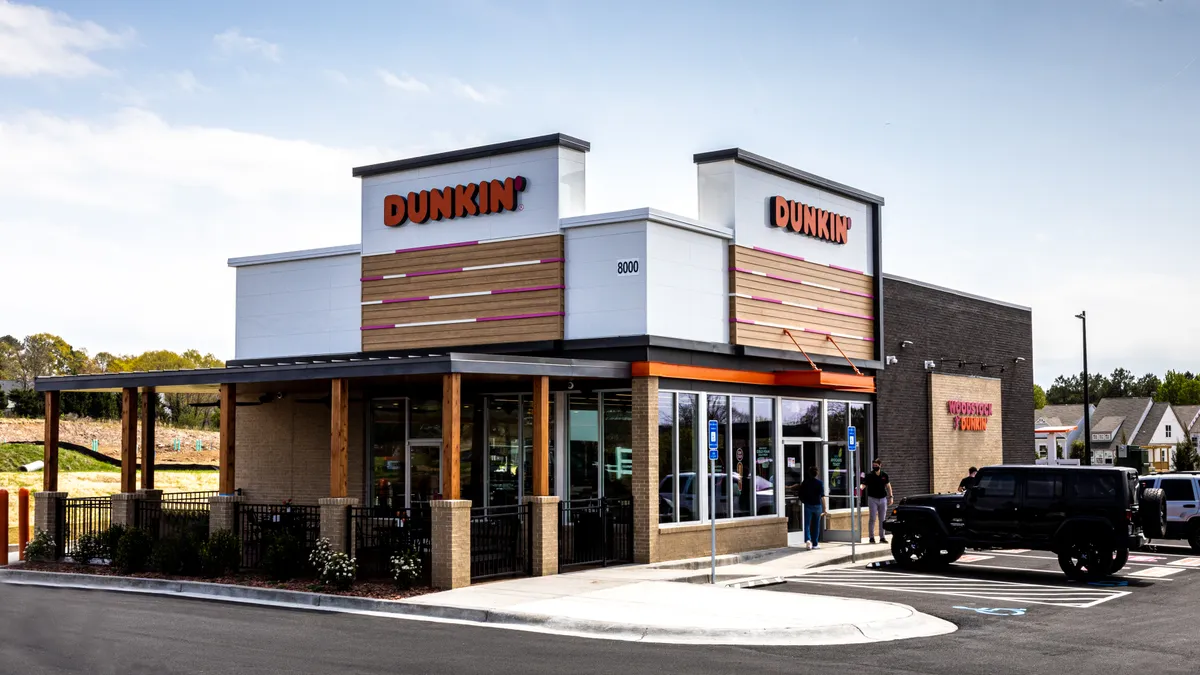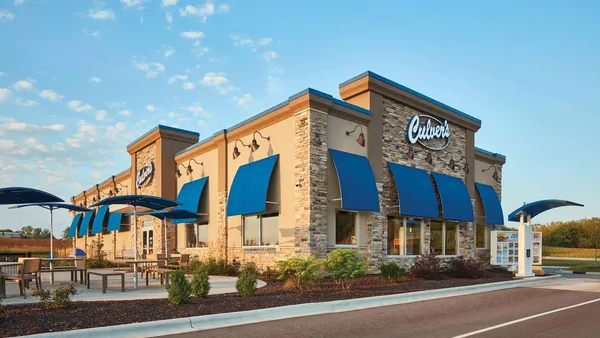LAS VEGAS — Paul Carbone wants Panera to focus on the basics — especially getting orders right.At a panel at the Restaurant Finance and Development Conference this week, the newly minted CEO emphasized one phrase to illustrate the importance of order accuracy: “get the sandwich in the bag,”
“We can be as friendly as we want, we can have as much labor, we can have the best ingredients, but if the sandwich isn't in the bag when [the consumer] walks out it just all falls down,” Carbone said.
Panera’s performance on that key issue has been good, he said, but not great.
An emphasis on operational essentials is a pillar of Carbone’s turnaround plan for Panera because, like many other brands, it has struggled with traffic growth in the years since the COVID-19 pandemic.
“We haven’t focused on the guest as much as we need to,” Carbone said. “Our business is not — from a transaction standpoint — is not what it was five years ago [or] 10 years ago,” Carbone said.
Key to order accuracy and guest service, Carbone said, is labor and training across the brand’s 2,000-store system.
“Across our cafes and franchisees’ cafes, we probably have close to 100,000 employees. I will put forth that not one of them comes to work and says, ‘Ha, I'm going to jam up one of the customers and not put the sandwich in the bag,’” Carbone said. “I truly do not believe people want to do a bad job.”
Fixing order accuracy requires examining training and processes: ensuring there’s a proper procedure for certifying the content of a to-go bag by physically marking off items on the check.
Hospitality is another component of a positive guest experience, and doing it well requires a shift away from tech-first thinking, Carbone said.
“There was a time, prior to me joining Panera, that Panera described [itself] as a technology company that sells food,” Carbone said. “We are a restaurant company that sells food that uses some technology to make it a little bit easier.”
Panera’s approach to technology now is focused on enhancing — rather than replacing or reducing — the guest experience, Carbone said. He cited the brand’s existing ordering kiosks as being too small and unintuitive, and said improving kiosks is a perfect way to enhance technology.
“It all comes back to the customer journey, really understanding what's the problem we’re trying to solve, not having technology that’s looking for a problem to solve,” Carbone said.
Panera is also working to reduce the expense of developing stores. Construction costs have mounted in recent years, and the size of its “Core” locations — which are about 3,200 to 3,500 square feet, per the brand’s franchise disclosure document — limited the real estate types available to Panera. In response to these pressures, Carbone said, the chain developed a “Small Box” prototype.
Per Panera’s FDD, the Small Box has the same ordering channels as the Core units, but has about 20 fewer seats and a smaller footprint, ranging from 2,400 to 2,800 square feet. The concept also has a relatively open floor plan, which Carbone said lends itself both to a more communal experience that allows consumers to see much of the kitchen. Carbone said the smaller concept has pushed the company to study and refine its kitchen layouts, making them more efficient.
From an efficiency perspective, Carbone said, the ideal back-of-house labor setup is one in which a worker effectively never has to step away from their space. All the materials needed to complete their core job tasks should be within arm’s reach. The Small Box concept, by reducing the size of the restaurant footprint, has pushed Panera to reconsider the layout of its kitchens and to make them more efficient and compact.
“It just allows them to do their jobs better,” Carbone said.














